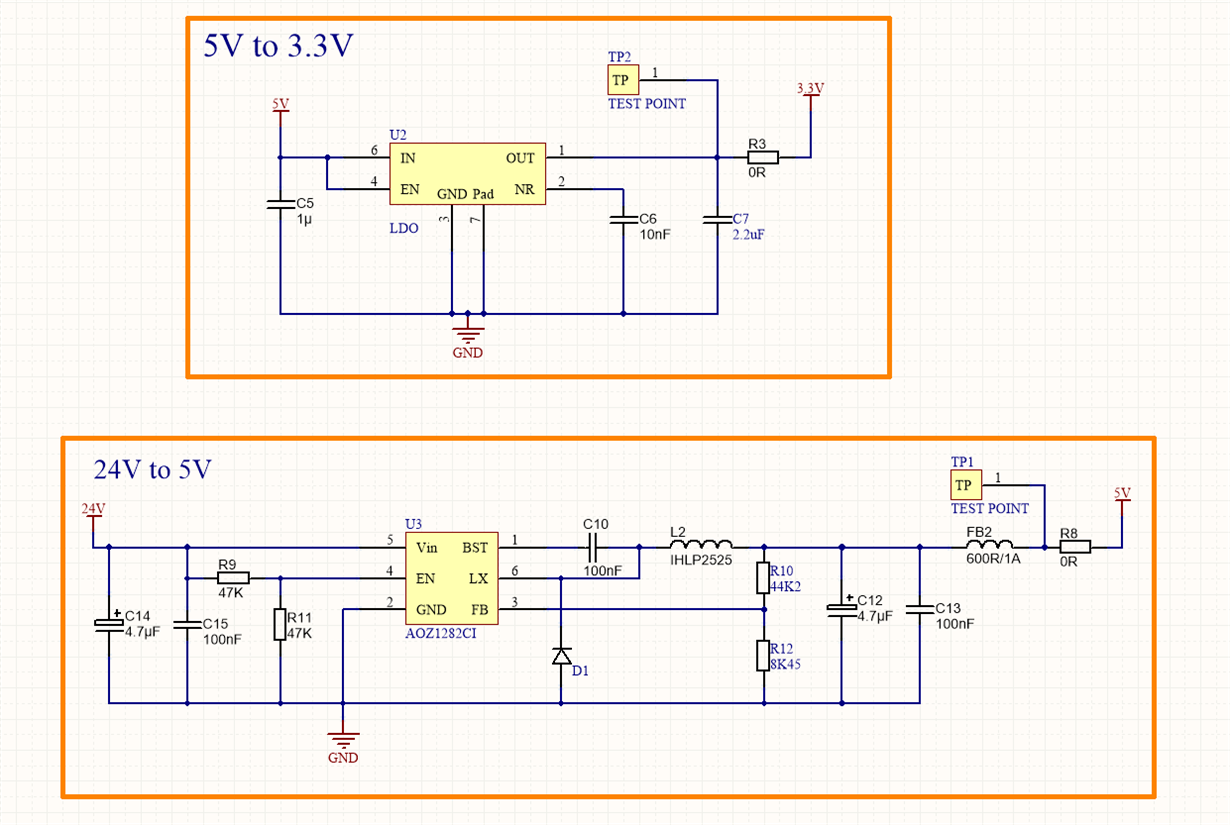Other Parts Discussed in Thread: ISO1541,
Hi,
I am trying to get 0-10V analog output. I am using a DAC121C085 and ISO1541. Through a connector i am getting 24v and ground and with the same connector i am sending the analog value.after genereting 0-2.5v with dac i am using an op-amp to make it 0-10V. But as you will notice grounds are seperated so output cant be measured. What can i do for this ?




